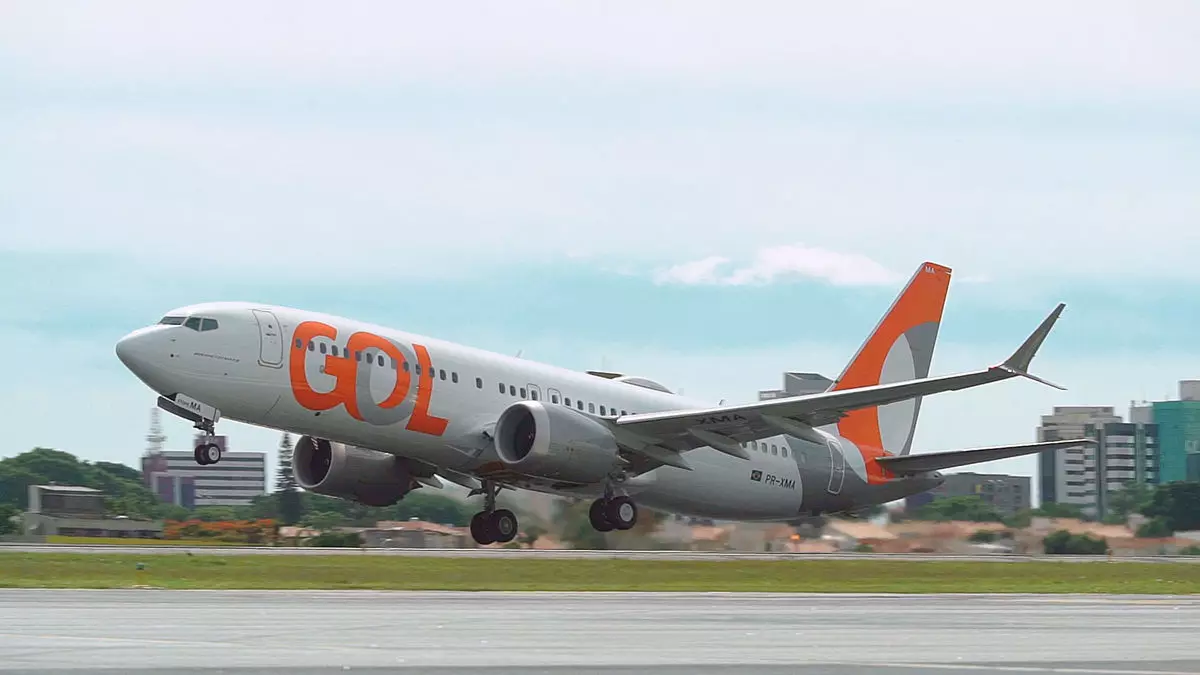In a significant development within the aviation sector, two major Brazilian carriers, Azul and Gol, have announced a preliminary agreement to explore the possibility of combining their businesses for both domestic and international operations. This memorandum of understanding, while nonbinding, marks a notable shift in the competitive landscape of Brazil’s airline industry. The two airlines will enter negotiations to establish the economic terms of what could become a complex partnership. However, it is important to note that any final agreement will depend on corporate approvals and regulatory review, adding a layer of scrutiny that is common in substantial mergers and acquisitions.
The Context of Gol’s Financial Position
Gol’s recent history adds an intriguing dynamic to this proposed combination. Having entered Chapter 11 bankruptcy just a year ago, Gol is in the midst of restructuring. This scenario raises crucial questions about the financial health and operational viability of the airline, as well as how it will navigate the merging process. The fact that Gol is majority-owned by Abra Group—an entity that also holds a significant stake in Avianca, a Colombian airline—suggests a broader strategic intention to fortify its presence in Latin America, particularly in Brazil. Indeed, as noted by Abra Group’s CFO Manuel Irarrazaval, this potential union is aligned with a vision to augment their market influence, indicative of a trend toward consolidation in the airline industry.
Operational Independence Amid Financial Cooperation
One of the interesting aspects of the agreement is the intention for both airlines to maintain their separate operational identities while collaborating financially and coordinating their networks. Maintaining distinct operating certificates and brands reflects a cautious approach to merger dynamics, likely aimed at alleviating consumer concerns and minimizing regulatory pushback. The combined prowess of these two airlines would enable them to serve over 200 destinations, thus expanding their operational footprint significantly. This could result in enhanced connectivity for passengers in Brazil and abroad, particularly as both airlines offer overlapping routes to key U.S. destinations.
If this partnership materializes, it would command an impressive 61.4% share of the Brazilian domestic market for passenger traffic by 2024, leaving competitors like LATAM Airlines far behind. This level of market consolidation invariably invites scrutiny from antitrust regulators tasked with maintaining competitive markets. The merger’s proponents argue that it would encourage expanded flight offerings and improved service quality. However, the potential for reduced competition remains a central concern—one that regulators must evaluate thoroughly to ensure that consumer interests are not compromised in the wake of such consolidation.
As negotiations progress, the future of both Azul and Gol hangs in the balance. The prospect of an alliance presents both opportunities and challenges, not only for the airlines but for the broader Brazilian aviation market as well. Stakeholders from various sectors—including consumers, regulatory bodies, and industry analysts—will be closely monitoring the outcome of these discussions. Ultimately, the combination of Azul and Gol could redefine air travel in Brazil, influencing everything from pricing to service standards, and setting a precedent for similar moves in other regions. The journey ahead for these airlines is one filled with potential, as they seek to craft a new path in a rapidly evolving industry.


Napsat komentář